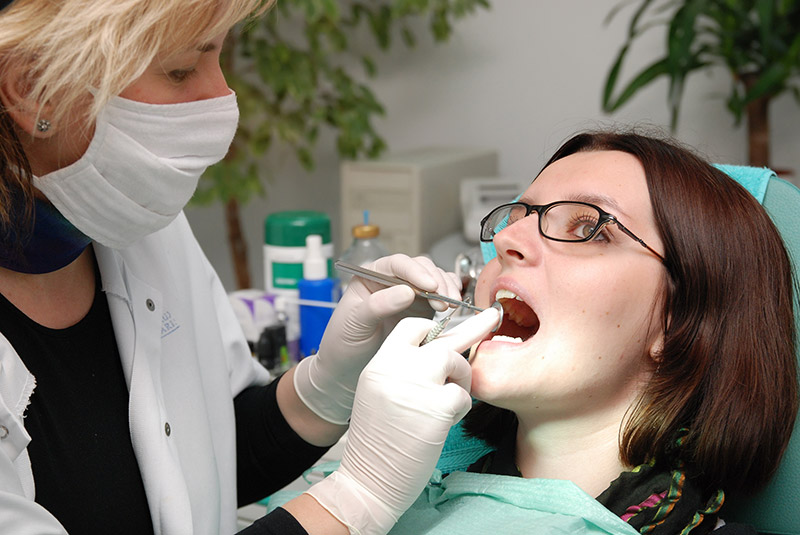Inlays And Onlays Near You
Dental inlays and onlays are two ways to repair a tooth with minor to moderate damage. They are ideal for cracked, fractured, and decayed teeth where enough of the healthy tooth is left to make a crown unnecessary but where the damage is too severe for a filling. Inlays and onlays are a common choice to replace old fillings.

What Is the Difference Between an Inlay and an Onlay?
Inlays and onlays are almost the same — the only difference is that onlays are suitable for more extensive damage. An inlay sits within the edges of the tooth (called the cusps), whereas an onlay can cover one or more cusps.
The Procedure
The inlay or onlay procedure is carried out over two appointments. In the first, if your dentist needs to remove an old filling, decay, or damage, you will receive a local anesthetic. The dentist will then make an impression of your teeth to send to a lab. Inlays and onlays are often made of porcelain, which requires the dentist to specify the colour to ensure the dental work matches the natural tooth. At the end of the appointment, you will receive a temporary restoration to protect your tooth.
In the second visit, the dentist will fit the inlay or onlay over your tooth. After ensuring it fits perfectly, he or she will bond the restoration to your tooth using a resin adhesive.
Benefits of Inlays and Onlays
Inlays and onlays have advantages over both crowns and fillings. For instance, to fit a crown, the dentist needs to remove some of the natural tooth. Inlays and onlays are bonded straight to a tooth, which maintains more of the tooth structure.
Compared to fillings, inlays and onlays are more durable — they can last up to 30 years. Plus, they strengthen rather than weaken teeth, sometimes by as much as 75 percent.
